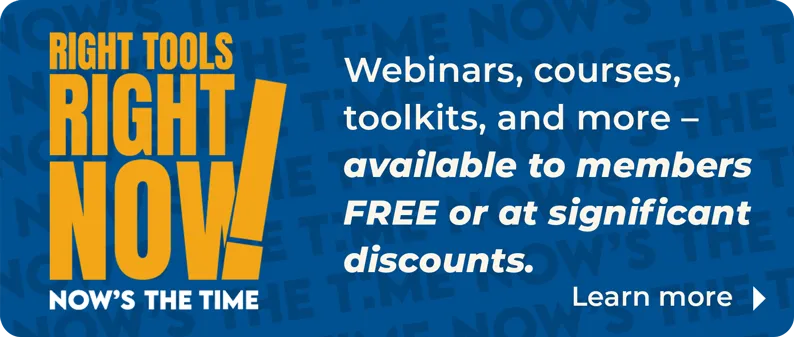
“If there were a way to package this culture and sell it, you should do it!”
These are actual words heard in a positive exit interview. If culture could be purchased, it would solve many problems, but we all know that culture must be created.
A recent Gallup survey concluded that employee engagement was at a 10-year low in 2024, with only 31% of employees reporting they are engaged in their work. What drives employee engagement? According to this survey, it’s feeling cared for (emotional connection), having clear expectations and having opportunities for professional development.
Great leaders understand that these three drivers come from great cultures, and it starts at the top with the CEO and the manager. In this instance, as cited by the exiting employee, the CEO met with every new employee to learn more about them and get to know them as a person, what they enjoy, and their career aspirations. The CEO also discussed what was expected of them in their role, as well as the goals of the association. The management team then followed suit.
These types of meetings hit all three drivers, thereby creating a culture where even an exiting employee says it’s the best culture they’ve ever experienced.
So, how can you create a culture that engages employees so much that they make a statement like this when they leave?
Driver One: Emotional Connection and Strong Relationships
Employees want to feel they are part of something—and that they’re not just cogs in a wheel. They want to contribute by providing input into their work and being heard. This is where great leadership enters the scene. While not all ideas are actionable or viable, great leaders will acknowledge employee input and ask for greater detail in order to determine whether the idea can or should be implemented. Even if the idea isn’t viable, the employee will still feel they had the opportunity to have their voice heard.
Making emotional connections is not only about listening to ideas. It’s also about understanding that the employee is a person. Individuals have different communication preferences and needs. This includes having a life outside of work that sometimes clashes with working hours, from medical appointments to child care, family care or pet needs, to professional services such as contractors that can only be scheduled during working hours. Employers who understand this build cultures that support employees as people.
Driver Two: Clear Expectations
It’s hard to hit a target if it’s always moving. Having clear expectations, communicated through a thoughtfully written job description, is just a start. This driver needs to be supported through performance management—and not just the annual performance evaluation.
Recognizing employees when they’ve done well is a way to start. Recognition can be a simple statement of thanks for a job well done, for example, letting them know they handled a challenging situation particularly well.
Managers do need to be careful they aren’t always recognizing the same person even if it’s well deserved. All employees have the same three drivers. Managers should find ways to acknowledge the individual efforts of everyone on their team.
Also essential is making sure your instructions are thorough and clear. When you provide instructions, ask your staff if they understand what is involved and what they’re expected to do. Have them repeat what they heard so you can clarify any missing details. This is especially important during times of change.

Driver Three: Professional Development
Of all the drivers, this may be the most challenging to achieve because there are different ways to approach professional development. We often think of training programs where employees can learn new skills, but professional development can mean giving employees new and interesting tasks they may not have done before. Attending conferences can also provide eye-opening opportunities to see what other associations are doing and generate creative ideas.
One word of caution: Professional development opportunities can sometimes create unclear expectations, giving rise to thoughts of promotion opportunities that may not exist. It’s important to clarify that these opportunities are for the employee to enhance their knowledge and skills in their present position and add to their employee experience. Creating a false impression can lead to decreased morale, the opposite of what is intended.
Employees want to feel they are part of something—and that they’re not just cogs in a wheel.”
One way to manage professional development activities is to assess the budget and then ask the staff what opportunities they are interested in for the upcoming budget year. Another option is to present specific opportunities to those who express interest. If decisions need to be made, it could be on a first-come, first-served basis or based on a particular opportunity’s direct relationship to the job.
Another option is to bring in experts to talk about specific subjects relevant to all staff, such as customer service or understanding different personalities. These opportunities allow staff members to connect afterward and create a bonding experience.
Start Today
A great culture doesn’t just happen, and it can’t be bought. Many employees enjoy association work because it is rewarding in itself, but by ensuring the three engagement drivers are met, association executives can help create an even stronger culture and team—which helps to ensure that your members feel the love too. Challenge yourself to meet all three drivers in the upcoming year.









